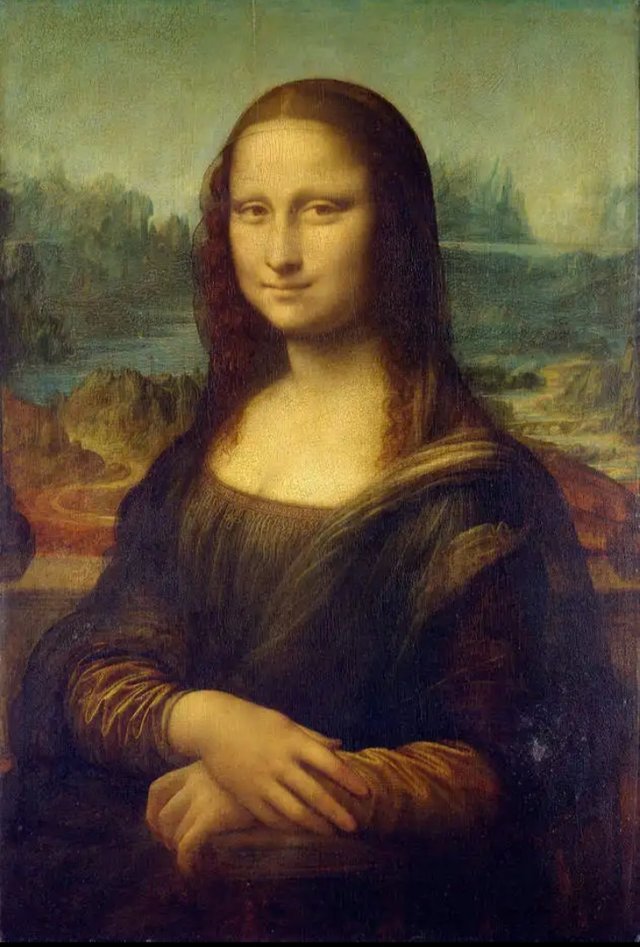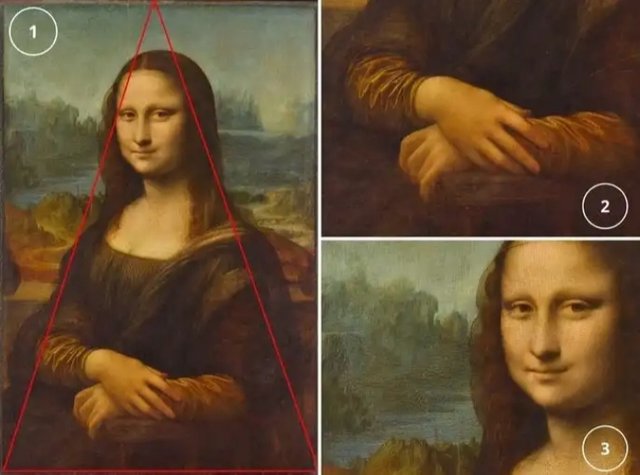
La Gioconda or Mona Lisa is one of the most iconic portraits in the history of painting. Painted by Leonardo Da Vinci in the 16th century, it entered the collections of the French court to finally become part of the works of art exhibited in the Louvre Museum .
A painting in the suitcases of Leonardo Da Vinci
It is said that Leonardo Da Vinci would have taken the portrait of the Mona Lisa with him when he was invited to France by King Francis I. The story goes that the Italian artist and scientist had the female portrait during his stay at the castle of Clos Lucé (also known as as a mansion of Cloux), near Amboise (Château de la Loire).
Since then, the Mona Lisa has been part of the royal collections and was exhibited in the castle of Versailles during the reign of Louis XIV. He arrived at the Louvre in 1797 .
An aesthetic with references
The Mona Lisa's compositional technique makes this one of the most studied works in art history and by apprentice artists. It is appreciated for its very modern framing , like a portrait that could be done today. More subtly, optical effects are created by the location of the young woman's eyes and her discreet smile. There are those who say that one feels the impression of being constantly watched by the Mona Lisa , whatever the position from which one looks at her. This anecdote demonstrates the scientific and anatomical knowledge of Leonardo Da Vinci. As for the famous smile of the Mona Lisa, there are testimonies that a group of musicians played during the painter's working hours for her to maintain that cheerful attitude.
The fund is also a case study. The sfumato technique is used to create a smoothly blended perspective.
The construction of the legend of the Mona Lisa
Undoubtedly, those mysteries made the Mona Lisa so famous. However, is it really Lisa the one portrayed? It is reported that the sponsor of the Leonardo Da Vinci painting was a nobleman settled in Florence. Francesco del Giocondo was widowed twice and in 1495 he married a young woman named Lisa. From this story arises the name by which this small 77 x 53 cm painting is known. According to another theory, the young woman represented was a favorite of Juliano de Medici, leader of the Florentine Republic. To this day, the mystery remains unsolved.
La Gioconda became popular with the general public due to the wide publicity of its theft, in 1911 . The press covered the fact: he wondered who could have stolen the Mona Lisa, why and, above all, how! The painting recovered; the culprit was a very chauvinistic Italian named Vincenzo Peruggia . His act was based on his desire to restore the work to his native country.
The Mona Lisa in popular culture
In 1919, Marcel Duchamp did not hesitate to take the portrait of the Mona Lisa to issue his own version. He wrote "LHOOQ," which in English reads "look" and in French, if you read letter by letter, it sounds like an obscene joke. In 2003, the more than 80 million copies sold of Dan Brown's novel gave the Mona Lisa a new dimension. This constitutes the center of one of the mysteries enunciated in " The Da Vinci Code ", the esoteric thriller of international success.
La Gioconda never ceases to amaze us. Its mysteries attract the public to the point of making it almost the icon of the Louvre Museum . To see it, go to the Louvre's Paintings Department , Denon Wing, Room 6.
